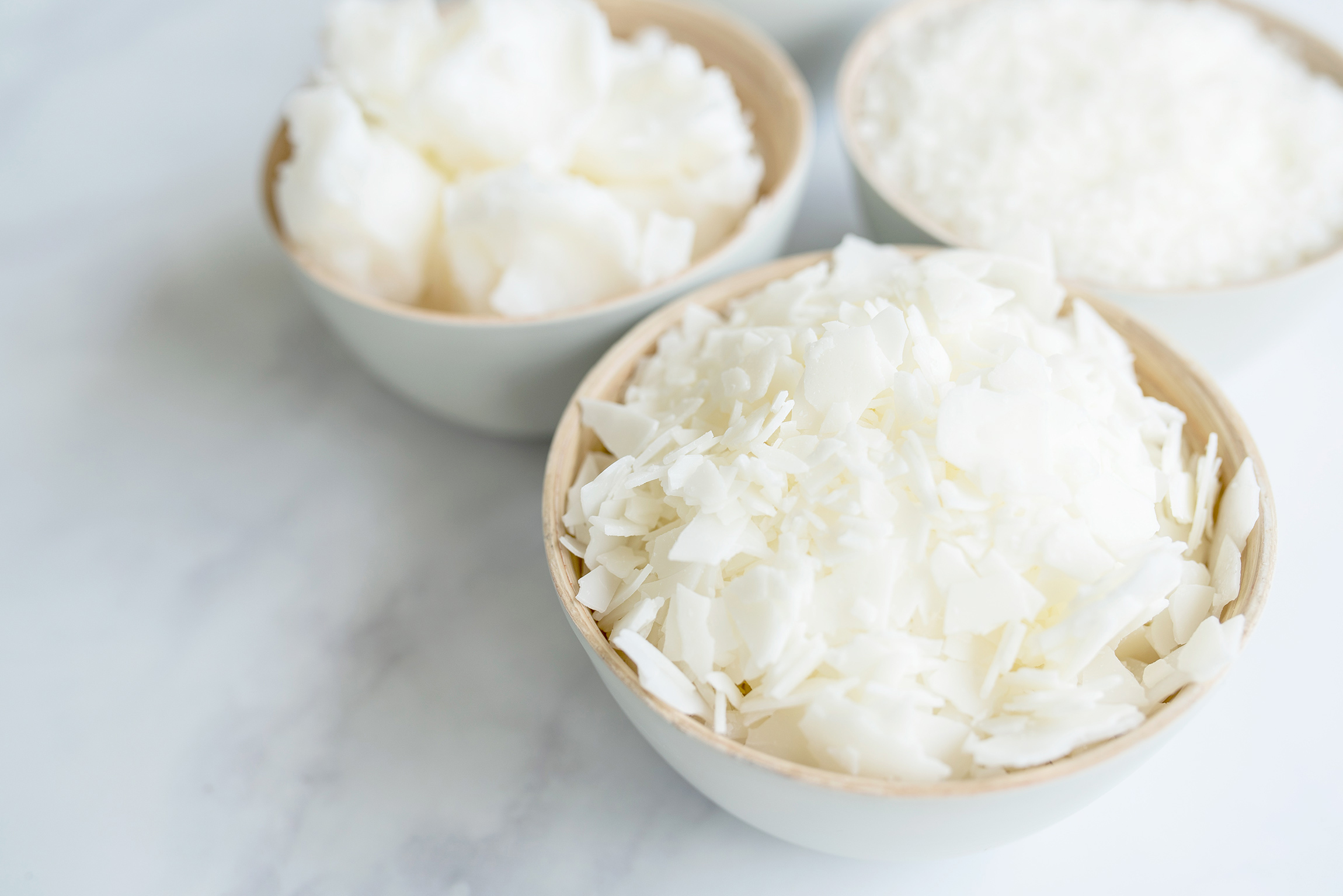From Wick to Wax: Comprehending the Chemistry Behind Soy Wax Candles and Their Environmental Effect
As we illuminate our rooms with the cozy glow of candle lights, there lies a realm of detailed chemistry behind the relatively easy act of lighting a soy wax candle light. Join us as we unravel the scientific details behind soy wax candles and discover their effects on our environment.
Soy Wax Vs. Paraffin Wax
When comparing soy wax and paraffin wax for candle production, it is vital to recognize the distinct attributes and advantages of each product. Soy wax is a natural, eco-friendly source derived from soybean oil, making it eco-friendly and naturally degradable - soy wax candles. On the other hand, paraffin wax is a result of oil refining, which raises issues about its ecological effect and sustainability
Soy wax candles shed cleaner and produce less soot compared to paraffin wax candles, making them a healthier selection for indoor air high quality. Furthermore, soy wax has a lower melting point, permitting a longer-lasting candle light that distributes fragrance extra effectively. Paraffin wax, on the other hand, tends to burn faster and much less easily, possibly releasing hazardous chemicals right into the air.
From a sustainability viewpoint, soy wax is favored for its biodegradability and renewable sourcing, aligning with the expanding customer preference for environmentally aware items. While paraffin wax has actually been a typical selection in candle light making because of its cost and convenience of use, the shift in the direction of eco-friendly options like soy wax is obtaining energy in the industry.
Chemical Composition of Soy Wax

Burning Process in Soy Candles
The chemical structure of soy wax straight influences the burning process in soy candle lights, impacting elements such as burn time, fragrance release, and environmental impact. When a soy candle light is lit, the heat from the fire melts the wax near the wick.
The burning performance of soy candles is affected by the purity of the soy wax and the top quality of the wick. A clean-burning soy candle light with an effectively sized wick will decrease and create a constant fire residue formation. This not just expands the shed time of the candle but additionally enhances the launch of fragrances. Additionally, soy wax candles have a reduced environmental impact compared to paraffin candle lights due to their renewable and biodegradable nature.

Ecological Benefits of Soy Wax

Considered a sustainable alternative to traditional paraffin wax, soy wax provides remarkable ecological benefits that make Discover More it a popular selection amongst eco-conscious customers. One substantial benefit of soy wax is its sustainable sourcing. Soy wax is derived from soybean oil, which is mostly cultivated in the USA. The farming of soybeans aids sustain local farmers and decreases the dependency on non-renewable nonrenewable fuel sources made use of in paraffin wax manufacturing. Furthermore, soy wax is eco-friendly, suggesting visit site it breaks down naturally without launching damaging contaminants right into the environment. This particular makes soy wax candle lights a much more eco-friendly alternative compared to paraffin wax candles, which are made from oil, a non-renewable resource. Moreover, soy wax burns cleaner and generates less residue than paraffin wax, adding to much better indoor air top quality and decreasing the requirement for cleansing and upkeep. In general, the ecological advantages of soy wax line up with the expanding demand for lasting and green items out there.
Recycling and Disposal Factors To Consider
Recycling and correct disposal of soy wax candle lights play a crucial duty in keeping ecological sustainability and lowering waste in communities and families. When it involves reusing soy wax candles, the very first step is to guarantee that the candle has melted entirely. This can be achieved by enabling the candle light to melt till the wick is no more usable, and after that allowing the remaining wax cool and solidify. Once the wax has strengthened, it can be thoroughly gotten rid of from the container.

In terms of disposal, if recycling is not an option, soy wax candles are eco-friendly and can be securely taken care of in a lot of home waste systems. It is always recommended to check with local reusing centers or waste monitoring services for specific standards on candle disposal to ensure correct handling and ecological security.
Verdict
In conclusion, the chemistry behind soy wax candle lights exposes their environmental benefits over paraffin wax candle lights. Soy wax, derived from soybean oil, burns cleaner and generates less residue when compared to paraffin wax.
When contrasting soy wax and paraffin wax for candle light making, it is important to understand the unique qualities and advantages of each material (soy candles).Soy wax candle lights shed cleaner and release less residue contrasted to paraffin wax candle lights, making them a healthier option for indoor air quality.Considered a lasting choice to traditional paraffin wax, soy wax supplies remarkable environmental benefits that make it a prominent selection amongst eco-conscious customers. Soy wax burns cleaner and generates much less residue than paraffin wax, adding to far better interior air high quality and decreasing the need for cleaning and maintenance.In verdict, the chemistry behind soy wax candles exposes their environmental advantages over paraffin wax candles